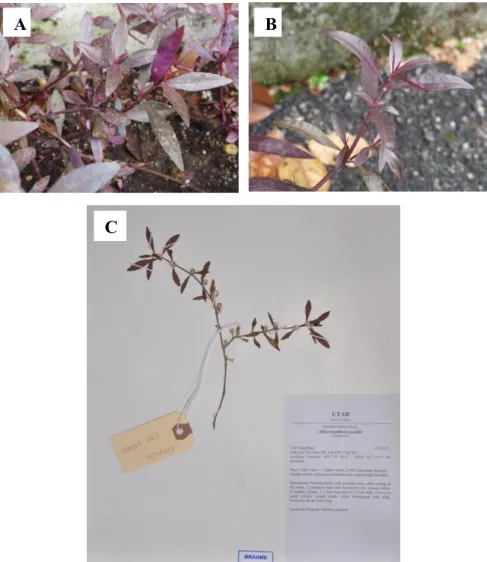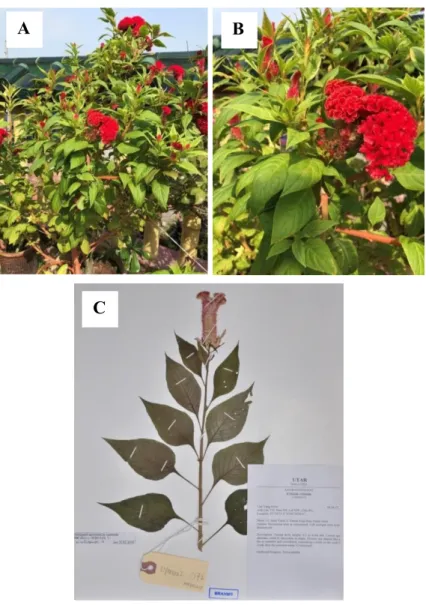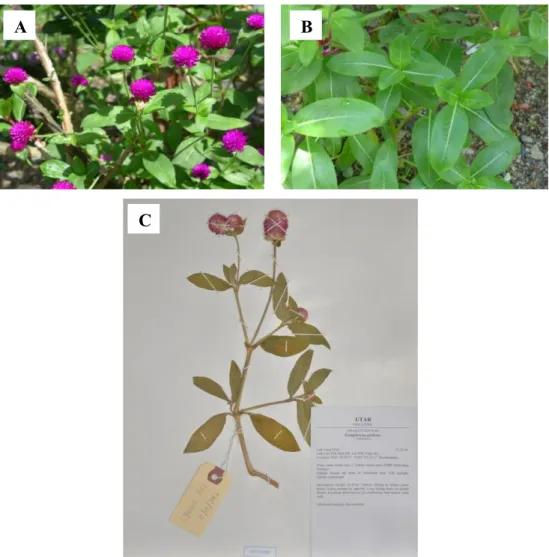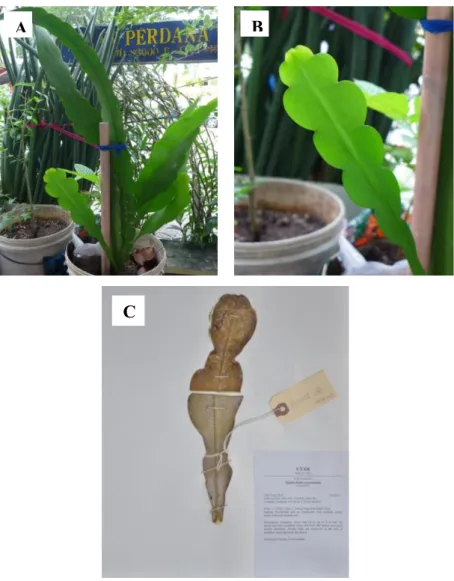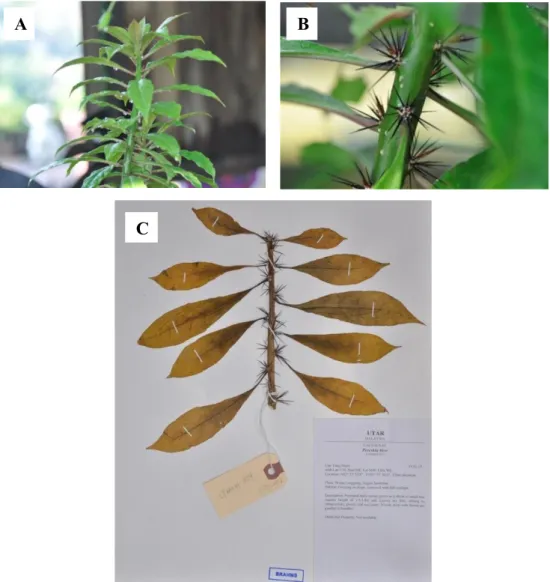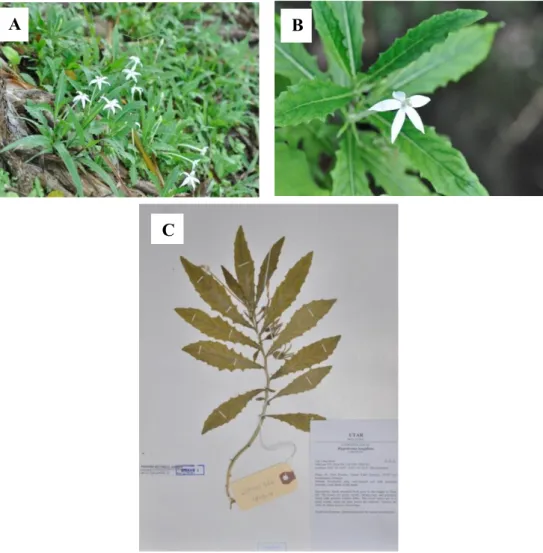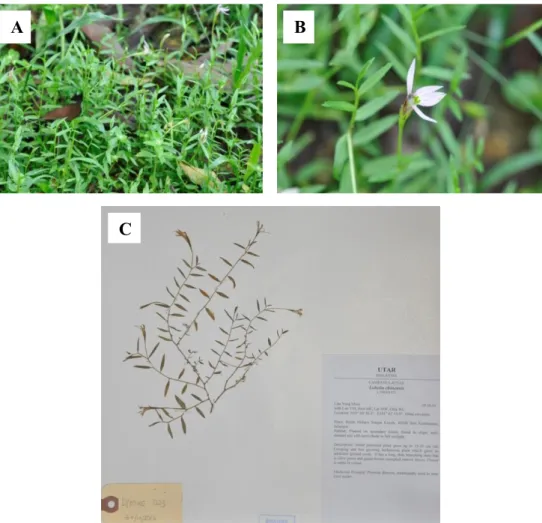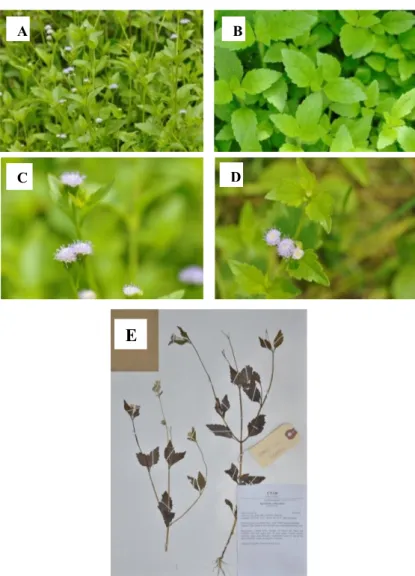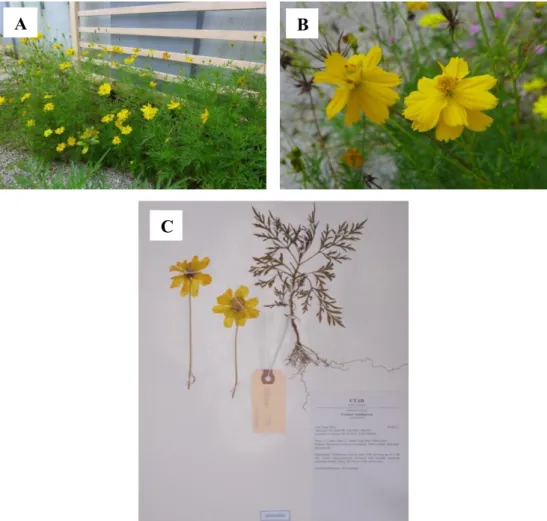Medicinal Plants
The word functional foods describes foods that have a physiological impact beyond just providing nutrients (Rivera et al., 2010). Numerous studies have been conducted on the disease prevention role of these medicinal plants. The review focused on the secondary metabolites that include various beneficial functions such as antioxidant, antimicrobial and anti-inflammatory agents.
The study reported 32 plant species used by local practitioners, with most species belonging to the Meliaceae, Apocynaceae and Asteraceae families. 50% of the reported plant consists of analgesic properties, while the rest has anticonvulsant, antidepressant and anxiolytic properties. 2019) reviewed the potential antidiabetic properties of medicinal plants. In recent years, medicinal plants used among cancer patients illustrated the importance of medicinal plants as natural anticancer agents.
These plant species are from 54 different families and 79 genera such as Allium cepa, Allium sativum, Annona muricata, Morinda citrifolia and Zingiber officinale. The review provided a general framework on the range of mechanisms by which plant extracts inhibit cancer cells and provided therapeutic evidence for some anticancer plants (Mainasara, Abu Bakar, & Linatoc, 2018).
Importance of Medicinal Plant Research
Sustained Traditional Knowledge of Community
Documentation of medicinal plants from indigenous tribes in Malaysia is still far from complete (Milow, Malek and Ramli, 2017). Most of the data for traditional practices of medicinal plants is done through personal interviews and observations. Othman and Khiruddin (2018) reported Malay midwifery practices using more than 30 plant species in Kelantan Malaysia.
Another group of researchers studied the ethnobotany and phytochemicals of three species of wild Zingiber used by local communities in Sabah (Kulip et al., 2020) and emphasize the importance of documenting traditional knowledge of medicinal plants on socio-economic upliftment. Documentation and research on medicinal plants is vital for preserving and preserving traditional knowledge, but also paves the way for future pharmaceutical and phytochemical research, especially drug discovery.
Ensuring Quality, Safety and Efficacy of Herbs
Ensuring quality control of local medicinal plants starts with the correct identification of the plant species. As Malaysia is a multi-racial country, each race ethnically has its name for the plant and has different ways of using these medicinal plants. Using a common name without a scientific name can mean different things to different societies and languages in different geographic locations and can change over time (Dauncey et al., 2016).
Misidentification of plants can lead to the misuse of unrelated or unwanted species, which pose risks to the consumers (Osathanunkul et al., 2018). 2014) study revealed the finding of folk names of kelkh consists of different species, and 68% of traditional medicine unmatched with species in an expected genus. The same conclusion was drawn by Otieno et al. 2015), where the study found that local medicinal plants can be either under- or over-differentiated compared to scientific species.
Popular generics may constitute different species related to the same genus or based on morphological characteristics important in popular classification. Both studies advocated relying only on vernacular names, which can lead to confusion and misidentification of species.
Herbarium Voucher
Collection of Voucher Specimens
Functions of Herbarium Vouchers
Herbarium provides a window into ancient plant population histories that may not exist in the current and past evolutionary process (Bieker and Martin, 2018).
Plant Identification
Traditional Approach: Morphological-Based Identification
Botanical expert answers a series of questions about the unknown plant with the criteria of morphological appearance such as leaf, flower, color, shape, number of petals and other important features to narrow down the number of candidate plant species, and the answered questions finally reveal the identity of a plant (Wäldchen and Mäder, 2018). Determining plant species using a morphological approach required professional experts who mastered a wide range of plant characteristics (Wang,. Among the characteristics, leaves are the most common feature for identification (Jamil et al., 2015).
Identification of leaves can be done by their distinct shape, texture and color (Bhandarkar et al., 2014). Researchers suggest that leaves are the easiest to obtain and are present for most of their existence compared to flowers and fruits that are present in specific seasons (Le et al., 2014). However, studies reported that leaf structures change in response to the environment (Yang et al., 2015).
Various studies have been carried out on the plasticity of plant morphology under the influence of the environment. 2017) studied 17 plant species in a temperate grassland and the results showed that leaf thickness increased with increased dryness, while vessel diameter and stomatal index decreased with dryness. Another study showed that leaves respond in parallel to climate and not to geographic differences (Alcántara-Ayala et al., 2020).
Molecular Approach: DNA Barcoding
- DNA Barcoding
- Applications of DNA Barcoding
- DNA Barcoding in Plant
- Universal DNA Barcoding
Forensic animal DNA barcoding that aids in species identification from trace amounts of sample material (Kumar et al., 2012; Khedkar et al., 2019). The authors found that the use of Internal Transcribed Spacer 2 (ITS2) complementation with psbA-trnH discriminated all the Terminalia species (Intharuksa et al., 2020). In 2003, the mitochondrial cytochrome C oxidase subunit I gene (cox1 or COI) was proposed as a universal marker for the animal kingdom (Hebert et al., 2003).
Studies by Maloukh et al. 2017) show that rbcL is a promising barcode locus for 51 plant samples. The maturase K gene (matK) previously known as orfK, is a 1500 bp chloroplast gene (Selvaraj et al., 2008). Using matK, a 100% species resolution rate was achieved in distinguishing 42 individual plant samples (Parveen et al., 2012).
Internal transcribed spacer (ITS) was described as low functional restriction, universal and simplicity by previous researcher (C. T. Wu et al., 2013). The high efficiency of ITS was further supported by Abugalieva et al. 2017) in the study of Allium species reported variability of.
Metabolites
- Primary and Secondary Metabolites
- Terpenes
- Phenolics
- Nitrogen-Containing Compounds
- Plant Metabolite Analysis
- Analytical Platform
- Targeted Metabolite Profiling VS Untargeted Metabolite Profiling
In addition, terpenes are important for flavor, plant pigment and aroma (Cox-Georgian et al., 2019). It involves the classification of data sets into categories rather than the identity of metabolites present in plant samples (Krishnan et al., 2005). Through data obtained from metabolite profiling, researchers analyzed the mineral nutrients of plants (Kim et al., 2018).
Moreover, metabolite profiling can potentially contribute to data regarding the differences caused by the environment or post-harvest process (Ovesná et al., 2021). LCMS-based metabolite profiling has been widely used to detect secondary metabolites and functional compounds in food and plant samples (Ma et al., 2013; Li et al., 2019). Tandem mass spectrometry was used to investigate the chemical composition of medicinal plant samples (Jæger et al., 2017).
In most situations, a targeted approach focuses on quantifying and identifying select metabolites (Lu et al., 2008). Non-targeted metabolite profiling aims to detect a large number of unknown metabolites with varying chemical and physical properties (L. Chen et al., 2020).
Selection and Collection of Plant Materials
Thirty-five local medicinal plants were first assigned a collection number and field data such as their habitats (latitude, longitude), plant morphology (plant height, color of flower and size of leaves), medicinal importance and the date of collection were recorded in the field notebook. Fresh samples were then collected individually in different sterile plastic bags for the purpose of DNA isolation and LCMS-MS extraction. Due to time constraints for field work, all the cleaning process was done in the laboratory.
All equipment and tools used to collect plant samples were recorded in Table 3.1. Details including family name, scientific name, plant parts used for LCMS-MS analysis and GPS location of 35 plants were recorded in Table 3.2. Field notebook 2 Record field characters of specimens Specimen marks 1 field Mark all specimens with field numbers.
Old newspapers 1 bundle For covering and separating specimens Plastic bag 1 bundle For storing and preserved specimens Wooden board and. Measuring Tape 1 To measure plant samples Gloves 3 Use to collect all plants.
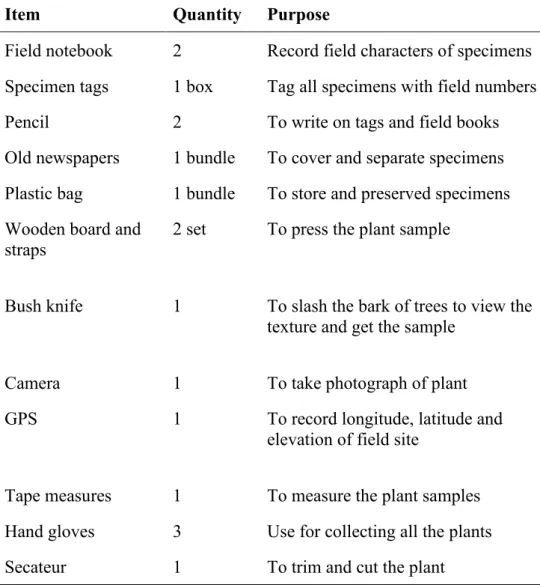
Macroscopic Photography
Herbarium Voucher
DNA Extraction
Polymerase Chain Reaction Amplification
DNA Sequence Analysis
LC MS/MS Metabolite Profiling
Sample Preparation and Extraction
Liquid Chromatography-Tandem Mass Spectrometry
During chromatographic separation, mobile phase A, mixture of deionized water with 0.1% formic acid and 1% ammonium acetate (NH4AC) added while mobile phase B, consists of mixture of acetonitrile and methanol [6:4 v/ v] by 0.1%. The ion source gas temperature was set at 325°C along with 10 L/min drying gas flow and nebulizer flow at 3 Bar.
Metabolite Identification
The mass-to-charge ratio, supplemented by the fragmented spectrum and the acceptable mass tolerance (at 5 ppm), allow us to reveal the identity of the plant's metabolome. Known unknown metabolites are described as metabolites that have been previously described in the literature of databases, but have yet to be discovered in the sample in question (Wishart, 2009; Garcia-Perez et al., 2020). The studies of 35 local medicinal plants were conducted at Tunku Abdul Rahman University, Sungai Long Campus.
The aim of the research was to identify the local medicinal plants used by the traditional healers or the local citizen and to perform metabolite profiling for all the plant sample studied.
Plant Collection, Photograph and Herbarium Voucher
Althernanthera sessilis LYMOOI 067
Data obtained from the field notebook as shown in Table 4.1.1 was used to prepare labels for the voucher sample. The mounted voucher herbarium specimen (Figure 4.1.1 C) with a label detail in the lower right corner was deposited in the Perdana Botanical Garden Kuala Lumpur.
Celosia argentea L. LYMOOI 072
Gomphrena globosa L. LYMOOI 032
Annona muricata L. LYMOOI 048
Collector Lim Yang Mooi, Lan YM, Haw MF, Lai MW, Chia WL Place Lebuhraya Wilayah Persekutuan & Jalan Broga. The data obtained from the field notebook as shown in Table 4.1.5 was used to prepare the voucher sample labels. A mounted voucher herbarium specimen (Fig. 4.1.5 C) with label details in the lower right corner was deposited at the Perdana Botanic Gardens, Kuala Lumpur.
Versamelar Lim Y Moody, Lane Yum, Haw Maw, Lai Maw, Sia Wll Plots Jalan Bujam-Stand-Salak, Bandar Baru Std, ௭௧௮00 Std Negeri Champion.
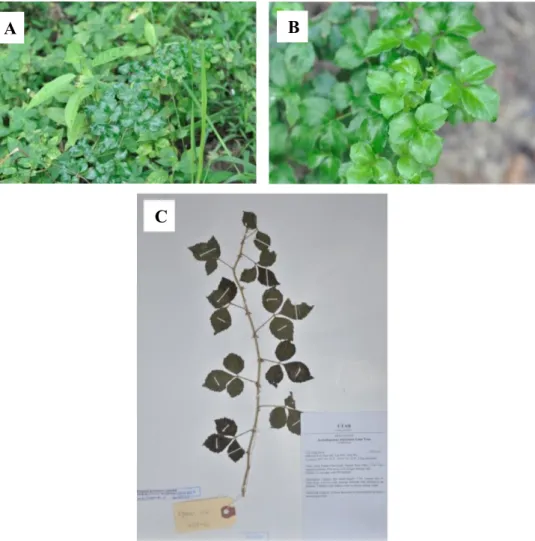
Epiphyllum oxypetalum LYMOOI 071
Pereskia bleo LYMOOI 059
Laurentia longiflora (L.) Peterm. LYMOOI 026
Lobelia chinensis Lour. LYMOOI 023
Ageratum conyzoides L. LYMOOI 016
Artemisia vulgaris L. LYMOOI 028
Blumea balsamifera (L.) DC. LYMOOI 043
Cosmos sulphureus LYMOOI 075
Elephantopus scaber L. LYMOOI 074
Elephantopus tomentosus L. LYMOOI 021
Data obtained from the field notebook as shown in Table 4.1.16 was used to create labels for the voucher instance. The mounted voucher herbarium specimen (Figure 4.1.16C) with a label detail in the lower right corner was deposited at the Perdana Botanical Garden Kuala Lumpur. Habitat Grows on a slope, grows best in full sun, but will tolerate light shade and moist loamy soil.
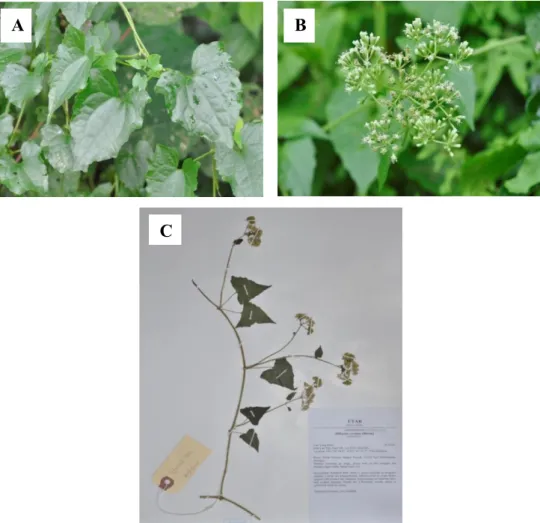
Vernonia esculenta Hemsl. Ex Hemsl LYMOOI 024
Jatropha podagrica LYMOOI 042
Ricinus communis LYMOOI 027
Senna occidentalis (L.) Link LYMOOI 030
Senna tora (L.) Roxb LYMOOI 010
Malpighia coccigera LYMOOI 052
The leaves are small and spiny and arranged oppositely, and the first leaves are glossy and round in shape.
Melia azedarach L. LYMOOI 002
Toona sinensis LYMOOI 047
Morus alba Y.B. Wu LYMOOI 050
Sauropus spatulifolius Beilla LYMOOI 054
Peperomia pellucida LYMOOI 051
Piper sarmentosum Roxb LYMOOI 044
Persicaria chinensis (L.) H. Gross var chinensis LYMOOI 037
Brucea javanica (L.) Merr. LYMOOI 020
Medicinal Properties Seed can be used to treat corns while the root is normally used to treat herpes zoster.
Solanum nigrum L. LYMOOI 003
Solanum torvum Sw. LYMOOI 013
Centella asiatica (L.) Urb LYMOOI 046
Eryngium foetidum L. LYMOOI 038
Hydrocotyle sibthorpioides Lam. LYMOOI 069
DNA barcoding
Universality of Primer Sequences
Identification Efficiency
Nam matK sunt Alternanthera sessilis, Annona muricata, Pereskia bleo, Ricinus communis, Malpighia coccigera, Sauropus spatulifolius, Brucea javanica, Solanum torvum et Hydrocotyle sibthorpioides. EJUS sunt Blumea balsamifera, Cosmos sulphureus, Jatropha podagrica, Ricinus communis, Senna occidentalis, Senna tora, Morus alba, Peperomia pellucida, Persicaria chinensis, Centella asiatica, Eryngium foetidum et Hydrocopioty. Commune Castoris 99 Commune Castoris 100 Commune Castoris 99 Senna Western (L.) Link Senna Maryland 99 Hairy Senna 99 Senna Western 100 .

Untargeted Metabolite Profiling
Alternanthera sessilis LYMOOI 067
LCMSMS analysis of the extract from Alternanthera sessilis enabled the identification of 27 putative compounds (Table 4.3.1) belonging to different chemical families.
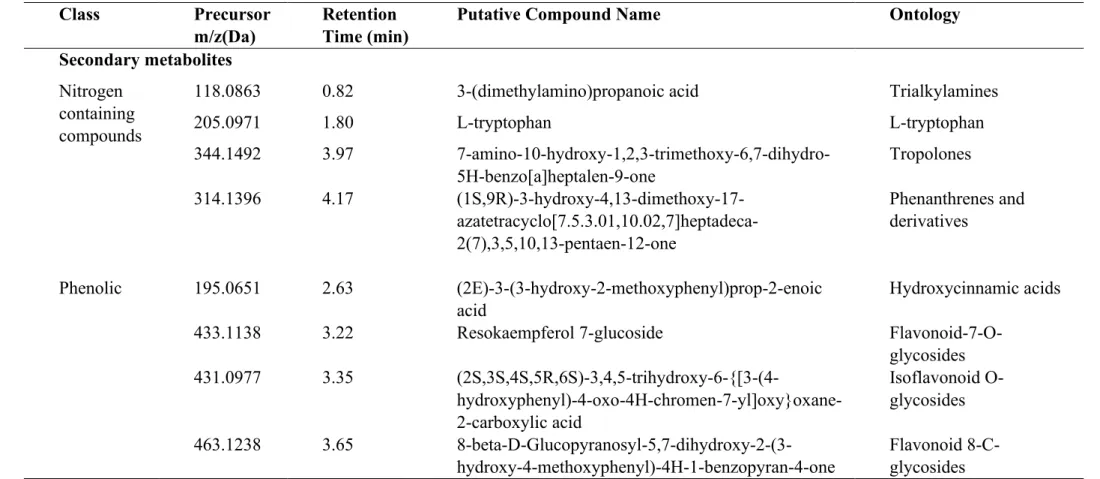
Celosia argentea L. LYMOOI 072
Gomphrena globosa L LYMOOI 032
Annona Muricata L LYMOOI 048
LCMSMS analysis of the extract from Eleutherococcus trifoliatus enabled the identification of 32 putative compounds (Table 4.3.5) belonging to different chemical families.
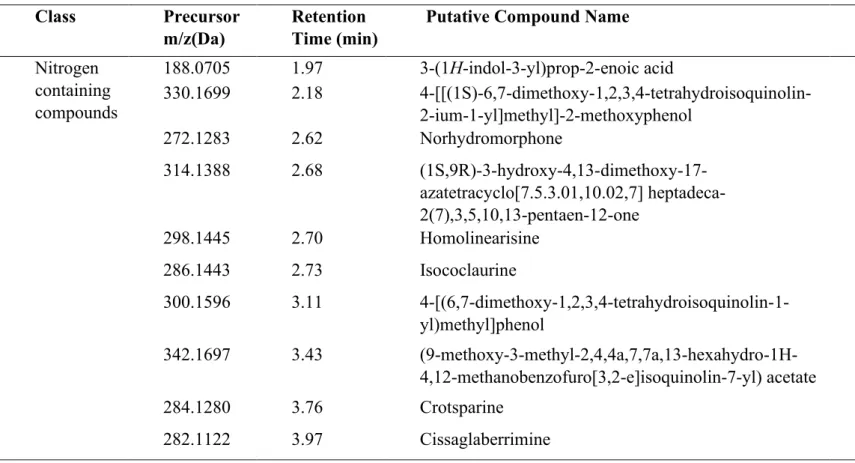
Epiphyllum oxypetalum LYMOOI 071
Pereskia bleo LYMOOI 059
Laurentia longiflora (L.) Peterm LYMOOI 026
Lobelia Chinensis Lour LYMOOI 023
Ageratum conyzoides L. LYMOOI 016
Artemisia vulgaris L. LYMOOI 028
Blumea balsamifera (L.) DC LYMOOI 043
